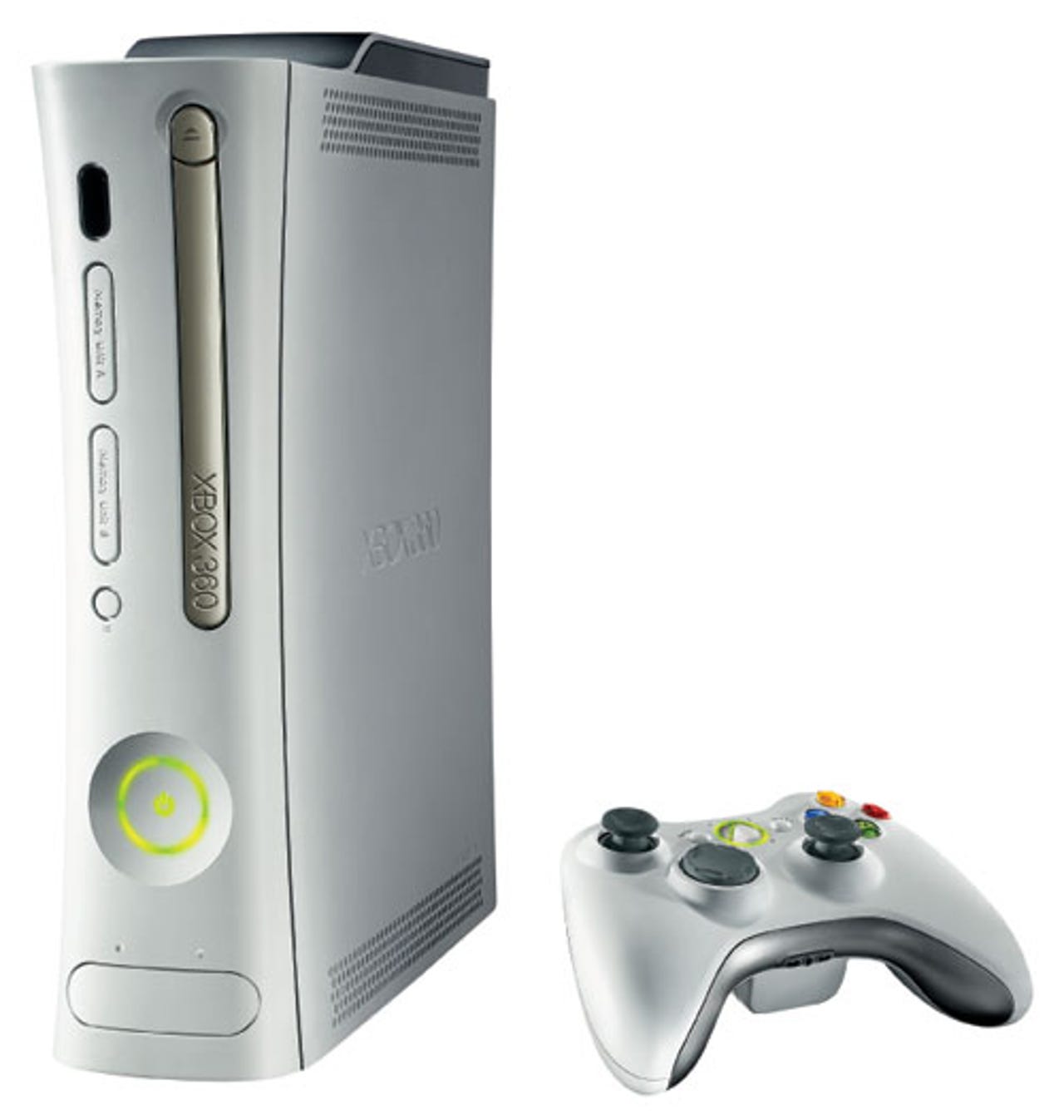Photos: Seven of Microsoft's hardware hits and misses


Xbox 360
Here are some of Microsoft's notable forays into the glories of hardware.
1. The Xbox 360
The successor to the Xbox, the Xbox 360, has allowed Microsoft to get the jump on rival Sony in next-generation game consoles despite a severe shortage early on. The machine comes in several configurations, and video game fans can upgrade the controller and buy all sorts of spare cables. An add-on HD DVD drive is coming.
IntelliMouse Explorer
Feast your eyes on the Microsoft IntelliMouse Explorer for Bluetooth. Microsoft has done mice for decades, pitting themselves against Logitech. The first one was designed by Ideo, a Palo Alto, Calif., design firm. The idea was to create something that didn't look like it was designed, Ideo co-founder Mike Nuttall said in an interview a few years ago.
Digital Media Pro Keyboard
The Digital Media Pro Keyboard features a slider that lets you zoom in and out of documents and pictures. The keyboard has customizable keys for quick access. Keyboard-mouse bundles sell for about $80 to $100, depending on the configuration.
Fingerprint reader
Microsoft's fingerprint reader can be used to limit access to PCs or files. Researchers have found that Play-Doh and cadaver parts could help mischief makers skirt such defenses, but also that perspiration makes fingerprint readers more reliable.
MSN TV
Since it bought WebTV in the late '90s, Microsoft has dreamed of selling set-top boxes that would give consumers the ability to surf the Web on their TVs. Unfortunately, not many have answered the call. Despite several attempts and different hardware configurations, Microsoft set tops have yet to catch on.
The RCA MSN TV 2 Internet and Media Player sells for $199 at stores that carry it, but you can get used ones on Amazon.com for about $70.
Wireless base stations
Microsoft entered the networking market in 2002 and quickly rose to No. 2 in the market. Product glitches caused it to slide back to No. 4 a few months later. By May, the company had already left the market.
iLoo
Microsoft offices in England once talked about creating a portable toilet with an Internet connection and screen. The company claimed later it was an April Fools' Day joke, but some things--like the fact that a press release extolling the iLoo came out May 2 and not April 1--made some observers highly skeptical of Microsoft's claims.